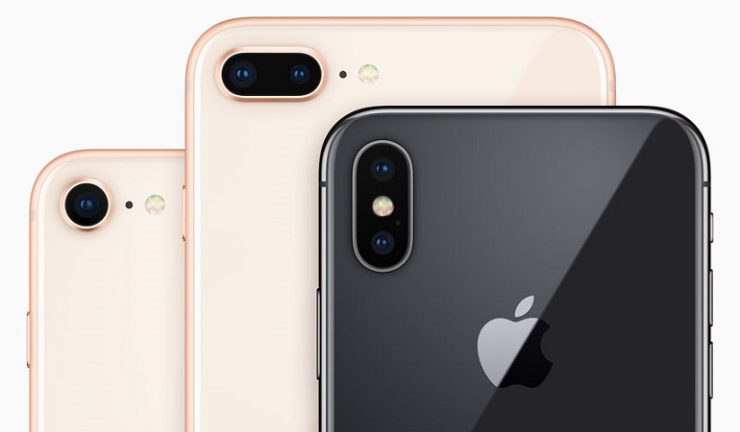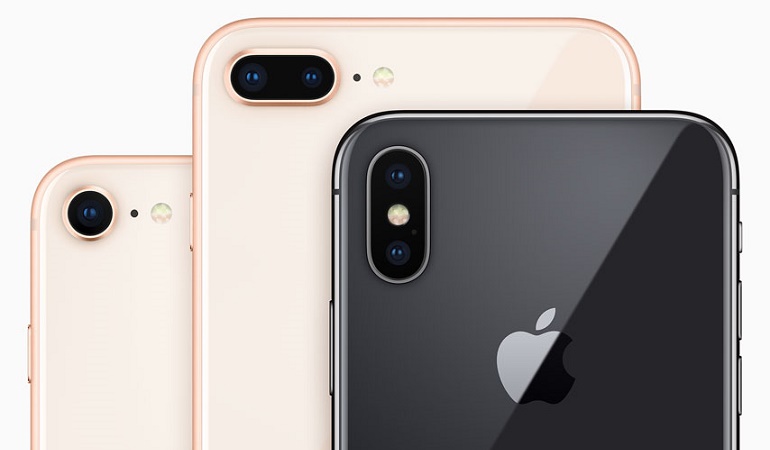Apple suffers the most.
Global sales of smartphones to end users totalled 408.4 million units in the fourth quarter of 2018 — growth of just 0.1% over the previous corresponding period, according to Gartner, with Apple recording its worst quarterly decline (11.8%) since the first quarter of 2016.
“Demand for entry-level and mid-price smartphones remained strong across markets, but demand for high-end smartphones continued to slow in the fourth quarter of 2018,” Gartner senior research director, Anshul Gupta said.
“Slowing incremental innovation at the high end, coupled with price increases, deterred replacement decisions for high-end smartphones. This led to a flat-growth market in the fourth quarter of 2018.”
Sales of Apple iPhones hit 64.5 million units in the fourth quarter of 2018, a decline of 11.8% year-over-year. This double-digit decline made Apple experience the biggest decline for the quarter among the top five global smartphone vendors. For 2018 as a whole, iPhone sales were down 2.7%, to just over 209 million units.

“Apple has to deal not only with buyers delaying upgrades as they wait for more innovative smartphones, but it also continues to face compelling high-price and mid-price smartphone alternatives from Chinese vendors. Both these challenges limit Apple’s unit sales growth prospects,” Gupta said.
At the high end, Samsung smartphones such as the Galaxy S9, S9+ and Note9 struggled to drive growth in the fourth quarter of 2018. In the mid-tier, Xiaomi and Huawei continued to grab more market share. As a result, Samsung’s smartphone sales declined by 4.4% in the fourth quarter of 2018 and experienced an overall sales fall of 8.2% in 2018.
“Although Samsung is strengthening its smartphone offering at the mid-tier, it continues to face growing competition from Chinese brands that are expanding into more markets. It also faces difficulty bringing significant innovation to high-end smartphones,” Gupta said.
In the fourth quarter of 2018, Huawei sold over 60 million smartphones and achieved the strongest growth of the quarter among the top five global smartphone vendors (37.6%). Huawei grew throughout 2018, to close the gap with Apple.
“Beyond its strongholds of China and Europe, Huawei continued to increase its investment in Asia/Pacific, Latin America and the Middle East, to drive further growth,” he said.

